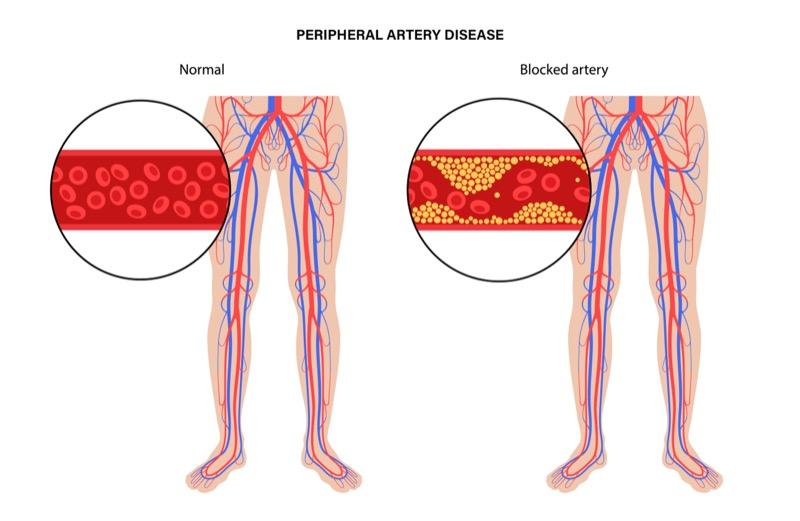
Vascular care
1st Apr 2024
Coronary Heart Disease Explained: Risks, Occupations and Complications if Untreated
Coronary Heart Disease
Coronary heart disease (CHD) is a chronic disease where the coronary arteries, the blood vessels that supply oxygen and nutrients to the heart muscle, become narrow and hardened due to the buildup of plaques. This condition can lead to serious health problems, like heart attacks. Understanding CHD, its causes, signs, and potential treatments, can help prevent its onset or handle its outcomes efficiently. Our heart care specialists provide comprehensive treatment options for this condition.
Overview
CHD mainly occurs when the coronary arteries are damaged or diseased. The most common reason behind such harm is the presence of various risk factors such as smoking and high levels of certain fats and cholesterol in the bloodstream, leading to the development of a condition called atherosclerosis, in which plaques form in the arteries.
Causes
The primary cause behind CHD is atherosclerosis, but certain conditions and habits also increase the risk of developing plaques and resultant coronary heart disease. These include:
High LDL Cholesterol
High levels of low-density lipoprotein (LDL) cholesterol form plaques on artery walls, blocking arteries or causing blood clots.
High Blood Pressure
Blood pressure is the force exerted by blood against the walls when pumped by the heart. When this force is too high for a prolonged period, it can damage arteries, making them more prone to plaque buildup.
Smoking
Tobacco smoke harms arterials walls, making them susceptible to plaques. Smoking may also tighten blood vessels, making your heart work harder.
Symptoms
People with CHD may show no symptoms until the disease has progressed significantly. Once developed, symptoms may include:
Angina
Typically felt as pressure, tightness, or pain in the chest, angina is caused by insufficient blood flow to the heart.
Breathlessness
People with CHD may feel short of breath during regular activities, as the heart finds it challenging to pump sufficient blood to meet the body’s needs.
Heart Attack
A completely blocked coronary artery may result in a heart attack, causing intense chest pain, pressure, tightness. Emergency medical attention is crucial if such symptoms are observed. Our coronary artery disease specialists at our Cypress, TX facility can provide expert care for these conditions.
Risk Factors
Certain factors can increase the risk of CHD:
- Age: Men older than 45 and women older than 55 are more likely to develop CHD.
- Family History: Having relatives who have had CHD increases the risk.
- Diabetes: Having type 1 or type 2 diabetes increases the CHD risk.
- Obesity: Excessive weight typically means higher blood cholesterol and high blood pressure levels.
- Physical Inactivity: Lack of regular exercise contributes to bad cholesterol and a higher chance of CHD.
Diagnosis
To diagnose CHD, doctors typically:
- Ask about personal and family medical history
- Perform a Physical Examination
- Run Routine Examinations, including blood tests and electrocardiograms.
Treatment
Treatment depends on the disease severity. Typically it involves:
- Lifestyle Changes: Healthier lifestyle choices reduce the risk of atherosclerosis and improve overall heart health.
- Medication: Medicines can manage symptoms and slow or stop the disease’s progression.
- Procedures: When medication is insufficient, procedures like angioplasty, stent placement, or coronary artery bypass surgery may be required. Dr. Jad Daye specializes in these interventional procedures.
Prevention
Prevention primarily involves improving the risk factors — maintaining a healthy lifestyle, not smoking, keeping blood pressure, cholesterol and diabetes under control. Learn more about heart disease prevention in our heart care education center.
In conclusion, Coronary heart disease is a serious condition. However, with appropriate lifestyle modifications, treatments, and proactive management, it can be handled efficiently, and the risk of serious complications can be significantly reduced. We provide comprehensive cardiac care services in both Cypress and Houston, TX locations.
Want to keep up with your heart health?
Contact us to schedule an appointment.
